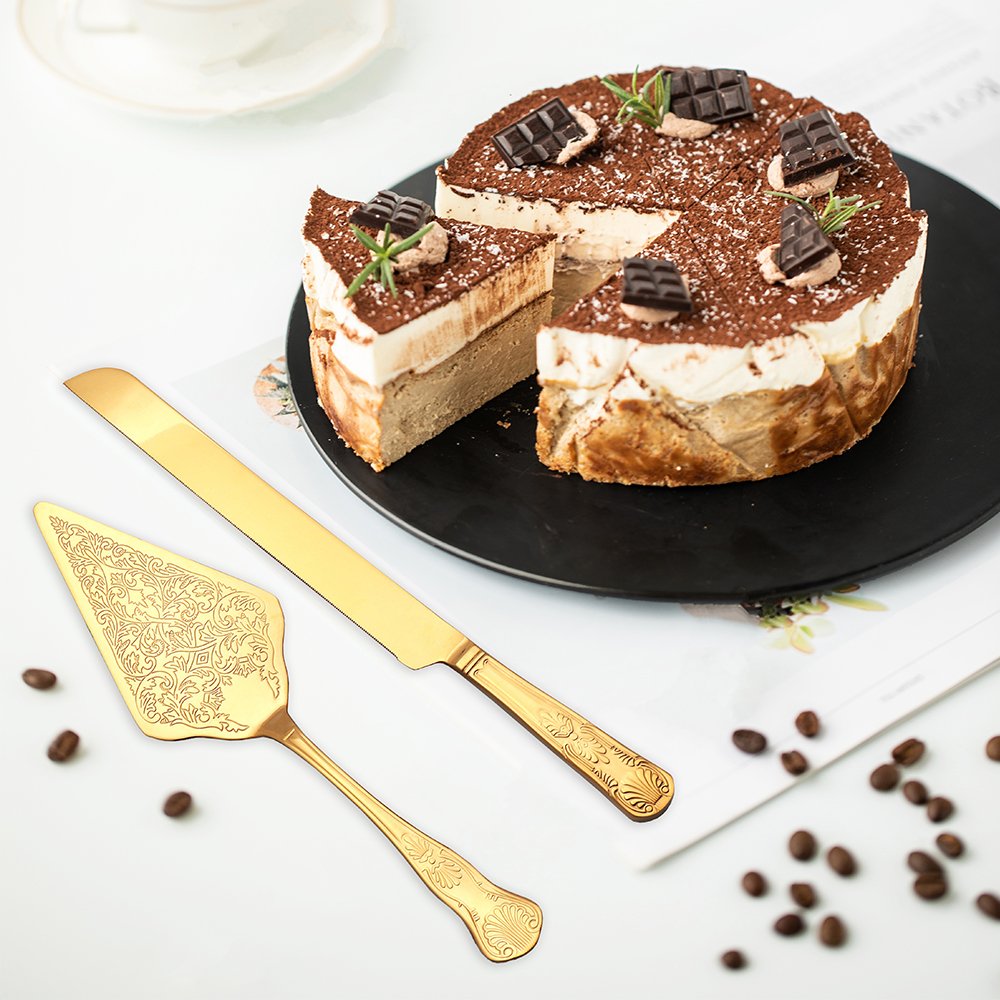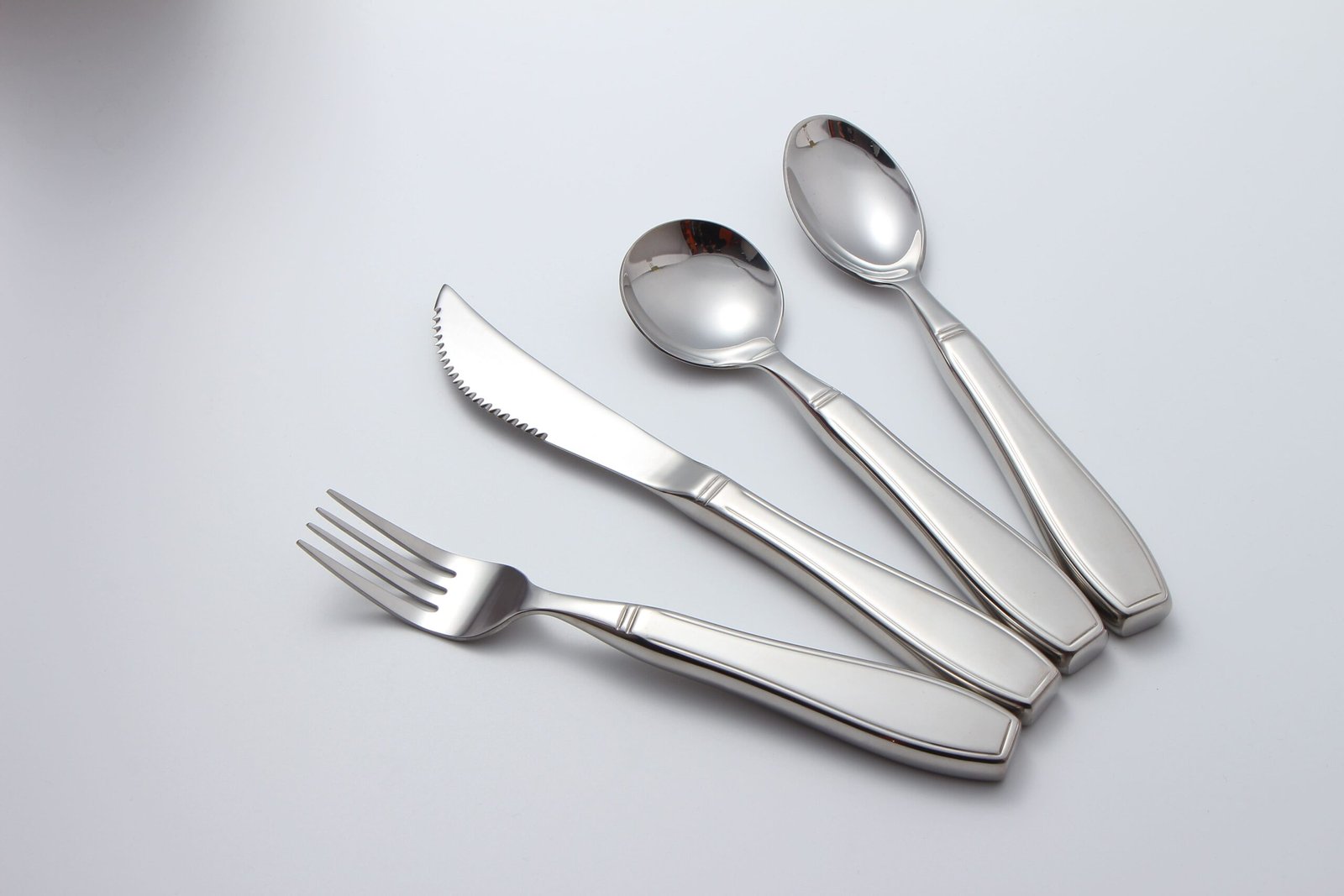Do you feel like you’re always in the dark when negotiating prices with OEM cutlery manufacturers in China?
Understanding pricing transparency is the key to reducing procurement risks and building long-term partnerships with Chinese OEM cutlery manufacturers.
Many of my clients used to struggle with unclear pricing breakdowns, unpredictable cost adjustments, and frustrating communication with factories. If that sounds familiar, you’re not alone. In this article, I’ll explain how to decode OEM cutlery pricing from a manufacturer’s point of view — with real examples and actionable steps you can use right now.
Table of Contents
What is pricing transparency?
Pricing confusion is one of the biggest pain points for new OEM buyers.
Pricing transparency means the seller clearly breaks down every cost element, allowing buyers to see exactly what they are paying for and why.
This concept might sound simple, but in real-world OEM manufacturing, it’s rarely implemented fully. Many factories just give you a total number, or a short note like “FOB $1.80/pc.” But what does this include? Is it 18/10 steel? Is the polish mirror or matte? Is the packaging counted? That’s where things get unclear.
Why Buyers Struggle with Pricing Clarity
There are several reasons buyers — especially small to mid-sized brands — struggle to obtain transparent pricing.
1. Language and Cultural Barriers
Even though many Chinese suppliers speak basic English, technical terms or cost structures often get lost in translation. This leads to vague communication.
2. Rushed Quotations
Sometimes suppliers rush to reply to inquiries, providing incomplete information just to “get the quote out.” But if the quote lacks breakdowns, you’ll find surprises later during production.
3. Intentional Omission
Some less experienced suppliers avoid giving full breakdowns to keep room for margin adjustments or upgrades during negotiation.
The Power of Full Visibility
| Cost Item | Unit Price (USD) | Notes |
|---|---|---|
| Stainless Steel 18/10 | $0.65 | Certified origin, 70g/pc |
| Polishing | $0.20 | Double mirror finish |
| Logo Laser Engraving | $0.15 | One location, 2×1 cm |
| Gift Box Packaging | $0.30 | Black kraft box with insert |
| Mold Cost Allocation | $0.10 | Based on 10,000 pcs spread |
| Labor & Overhead | $0.25 | Assembly, QC, admin |
| TOTAL | $1.65 | Ex-Factory price, excluding shipping |
When I receive this kind of quote, I know what I’m paying for. More importantly, I can explain it to my customer. It builds confidence both ways.
Common Misunderstandings
| Misunderstanding | Reality |
|---|---|
| “Transparent pricing means cheapest.” | No, it means you know what you’re paying for. |
| “All costs are listed in every quote.” | Most quotes omit polishing, mold, and QC details. |
| “You only need transparency for big orders.” | Even 1,000 pcs orders benefit from cost breakdowns. |
Pricing transparency isn’t just a practice — it’s a mindset. And it starts with both parties being willing to share, ask, and confirm.
Pricing transparency isn’t just about saving money. It’s about making smarter decisions, building trust, and scaling your brand with confidence.
What is the transparency rule?
Many buyers are confused by terms like “transparency rule” because they think it’s a legal standard — but it’s more about business ethics and best practices.
The transparency rule means every cost, condition, and change in your OEM cutlery order should be clearly stated and agreed upon in writing before production begins.
I’ve seen so many misunderstandings happen simply because small details were not written down. One client thought logo printing was included. The supplier thought it was extra. Who’s right? That depends — but the issue could’ve been avoided if both sides followed the transparency rule.
Where the Transparency Rule Comes From
This rule isn’t a formal law. It’s a widely accepted principle in global trade, especially in OEM and private label manufacturing. It’s about clear communication and mutual responsibility.
1. Written Agreements Over Verbal Promises
Factories may say “no problem” during initial discussions, but unless it’s in the PI (Proforma Invoice) or PO (Purchase Order), it doesn’t count. Transparency means documenting everything.
2. One Change = One Notification
If anything changes — like the polish grade, unit weight, or packaging format — the factory must inform you and get your written approval before moving forward.
3. Shared Responsibility
Buyers also need to be clear. Don’t assume “matte finish” means the same to every factory. Provide references or samples. Transparency is a two-way street.
Real-World Application: Sample Case
Let me share a case where the transparency rule saved the day. One European client requested a brushed finish. Our production team almost started with mirror polishing because that’s more common in high-end sets. But thanks to our documentation checklist, we caught the mistake before the molds were cut.
Here’s what the checklist looked like:
| Item | Requirement | Confirmed by Supplier | Buyer Approved |
|---|---|---|---|
| Steel Grade | 18/10 | ✅ | ✅ |
| Finish Style | Brushed matte | ✅ | ✅ |
| Logo Type | Deep laser | ✅ | ✅ |
| Packaging | Kraft paper box with insert | ✅ | ✅ |
| Shipping Method | FOB Shanghai | ✅ | ✅ |
| Delivery Time | 30 days after deposit | ✅ | ✅ |
Common Pitfalls When the Rule is Ignored
| Problem | Why It Happened | How to Avoid It |
|---|---|---|
| Wrong polish type used | “Polish” wasn’t clearly defined | Include reference photos or finish codes |
| Logo placed on wrong side | Only mentioned “logo on handle” verbally | Use annotated drawings or 3D renderings |
| Packaging downgraded without notice | Factory ran out of original material | Require written approval for substitutions |
| Price increased after sampling | Initial quote didn’t include sampling fees | Always ask for “all-inclusive” sampling cost |
Final Thought
The transparency rule is your safety net. It protects your design, your cost, and your trust in the supply chain. In OEM business, what’s not written down can hurt you later.
What are the key cost components in OEM stainless steel cutlery pricing?
The biggest mistakes buyers make usually happen before the first quote is even requested.
OEM stainless steel cutlery pricing typically includes raw material, mold development, labor, surface treatment, packaging, logistics, and margin. Understanding each cost driver avoids surprises.
Let’s take a closer look.
Material Costs
Material cost is the foundation of pricing. In stainless steel cutlery, the grade and origin of steel matter a lot. For instance, 18/10 stainless steel sourced from South Korea or Japan is more expensive than local Chinese steel — and the difference can be up to 20%.
Labor and Manufacturing Costs
Labor costs in China are still relatively low compared to developed countries, but they are rising steadily. Cutlery involves multiple processes — stamping, polishing, welding, and quality checks. Some factories automate part of the process, others rely heavily on hand polishing. This affects both cost and consistency.
Surface Treatment
This includes mirror polishing, sandblasting, or PVD coating. Surface finish is often underestimated by buyers, but it has a big impact on the final cost.
Packaging and Logo Customization
Custom logo engraving, sleeve design, insert cards, and gift boxes will push your cost up. Sometimes, packaging costs are more than the cutlery itself — especially for gift sets.
Table: Typical Cost Breakdown
| Component | Estimated % of Total Cost | Notes |
|---|---|---|
| Stainless Steel | 30% | Varies by grade and supplier |
| Labor & Processing | 25% | Depends on automation level |
| Surface Treatment | 15% | Polishing, sandblasting, PVD |
| Packaging | 10% | Boxes, sleeves, inserts |
| Tooling (Mold) | 10% | One-time cost or amortized |
| Overhead & Margin | 10% | Admin, rent, utilities, profit |
Why do quotes from different factories vary so much?
You’ve probably received quotes with wild price differences. It’s not just about who’s cheaper — it’s about what’s included.
Pricing variations come from differences in steel quality, polishing process, mold sharing, and service level.
Let’s explore why this happens.
Source of Steel
Some manufacturers use recycled or blended stainless steel. Others stick to certified virgin steel. The quote won’t always tell you the difference — but the performance will.
Mold Ownership
One supplier may already have molds close to your design. Another might need to make new ones. That could save or cost you thousands.
Quality Standards and Wastage Rate
Factories that enforce strict quality control usually have higher scrap rates and thus higher cost. But they also deliver better consistency.
Service and After-Sales
Some quotes include packaging customization, shipment arrangement, or even photography. Others quote bare-bones pricing. Always ask what’s included.
Table: Quote Comparison Factors
| Factor | Low Quote Supplier | High Quote Supplier |
|---|---|---|
| Steel Grade | 430 or mixed scrap | Certified 18/10 |
| Mold Availability | Needs new mold | Existing mold |
| Polish Process | Single polish | Triple polish |
| Logo Service | No | Included |
| Packaging | Standard box | Custom gift packaging |
| Shipping Support | FOB only | DDP offered |
How can I verify if I’m getting a fair OEM price?
Sometimes, a low price hides problems that show up too late. Other times, high prices are just markup with no added value.
To verify pricing fairness, compare BOM-based quotes, request transparent breakdowns, and assess the factory’s consistency.
Let me show you how I help my clients evaluate this.
Requesting a Detailed Quotation
Always ask for a breakdown, not just a total price. A quote should specify steel grade, unit weight, polishing steps, logo cost, packaging, and mold fees.
BOM vs. Quote Cross-Check
Create your own estimated Bill of Materials (BOM). If your factory’s numbers are way off, it’s a red flag. For example, if 18/10 steel is quoted the same as 18/0, question it.
Site Visits and Video Audits
If you can’t visit in person, ask for a real-time video audit. Seeing production helps validate if polishing is manual or machine-based, and if materials match the quote.
Table: Pricing Verification Checklist
| Item | What to Ask | Why It Matters |
|---|---|---|
| Steel Certification | Ask for test reports (SGS, LFGB, etc.) | Confirms actual material quality |
| Mold Ownership | Confirm who owns the mold | Impacts IP rights and future costs |
| Unit Weight | Ask for unit gram weight | Helps assess material content |
| Polish Time | Time or steps required | Affects both cost and appearance |
| Packaging Type | Photo of actual box | Prevents mismatch in presentation |
| Shipping Terms | EXW, FOB, CIF, or DDP? | Cost structure depends on this |
Why is transparency important when working with Chinese OEM factories?
Many buyers have been burned because they didn’t ask the right questions early.
Transparent pricing builds trust, ensures repeatability, and reduces misunderstandings during mass production.
Here’s why I believe transparency isn’t just about cost — it’s about control.
Avoiding Hidden Costs
Lack of transparency often leads to hidden charges like polishing upgrades, logo setup, or packaging tweaks. These usually appear after sampling — when it’s too late to switch.
Supporting Better Planning
When you know exactly what you’re paying for, you can plan your resale price, margin, and inventory better. You can even pitch with confidence to your clients.
Establishing Long-Term Relationships
Transparent factories attract long-term clients. Ambiguity breeds mistrust. The best factories I’ve worked with make everything visible — from tool cost to shipping options.
Table: Benefits of Transparent Pricing
| Benefit | Description |
|---|---|
| Cost Clarity | Know where your money goes |
| Better Negotiation | Negotiate based on data, not assumptions |
| Risk Reduction | Avoid surprise charges and delays |
| Strategic Planning | Match procurement to sales pipeline |
| Stronger Partnerships | Build trust with your supplier |
How can I negotiate effectively without offending the supplier?
Many buyers hesitate to negotiate because they’re afraid of damaging relationships.
Negotiation is about balancing cost and value. When done respectfully, it strengthens supplier partnerships instead of breaking them.
Let me share what works from my experience.
Use Data, Not Emotion
Always start with facts. Reference your BOM. Highlight mismatches or areas where cost seems unusually high. Ask “Why is the polishing fee higher than our last order?” instead of saying “It’s too expensive.”
Bundle Orders for Better Pricing
If you plan multiple SKUs or long-term orders, say so. It gives the factory more confidence — and you more room to ask for better pricing or terms.
Ask for Tiered Pricing
Some factories can offer tiered quotes — for example, 1,000 units vs. 10,000 units. This helps you scale gradually while still understanding cost implications.
Table: Negotiation Strategy
| Approach | When to Use | How It Helps |
|---|---|---|
| BOM-Based Inquiries | When questioning high quote | Shifts discussion from opinion to fact |
| Volume Commitment | Planning multiple batches | Unlocks better pricing tiers |
| Lead Time Flexibility | If your timeline is flexible | May reduce pressure and cost |
| Batch Sampling | For first-time suppliers | Helps you test quality before scale |
How can I build pricing trust with new suppliers?
It’s hard to trust a new factory, especially if you’re ordering overseas for the first time.
Build pricing trust step by step — with small orders, verified samples, and clear documentation.
Here’s how I help my new clients de-risk supplier relationships.
Start Small, Scale Fast
Begin with a small production run or sample batch. Evaluate the final cost per unit, including all logistics and tariffs.
Use Contracts and PO Clauses
In your purchase order (PO), clearly state unit price, packaging expectations, delivery date, and payment terms. This protects both sides.
Maintain a Communication Log
Document pricing discussions via email or chat. It’s not about blame — it’s about having a reference when issues arise.
Table: Trust-Building Actions
| Action | Purpose |
|---|---|
| Sample Order | Verifies quality and unit cost |
| Contracted PO | Locks in pricing and responsibilities |
| Transparent Timeline | Builds credibility on lead time |
| Feedback Routines | Shows mutual commitment to improvement |
| Payment Milestones | Protects both sides in phased payments |






